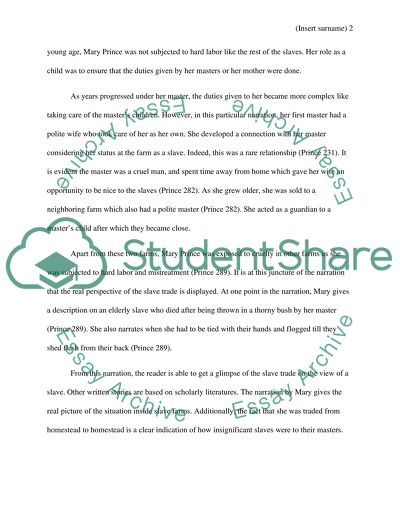Cite this document
(“International area study Essay Example | Topics and Well Written Essays - 1500 words”, n.d.)
International area study Essay Example | Topics and Well Written Essays - 1500 words. Retrieved from https://studentshare.org/history/1482961-international-area-study
International area study Essay Example | Topics and Well Written Essays - 1500 words. Retrieved from https://studentshare.org/history/1482961-international-area-study
(International Area Study Essay Example | Topics and Well Written Essays - 1500 Words)
International Area Study Essay Example | Topics and Well Written Essays - 1500 Words. https://studentshare.org/history/1482961-international-area-study.
International Area Study Essay Example | Topics and Well Written Essays - 1500 Words. https://studentshare.org/history/1482961-international-area-study.
“International Area Study Essay Example | Topics and Well Written Essays - 1500 Words”, n.d. https://studentshare.org/history/1482961-international-area-study.


